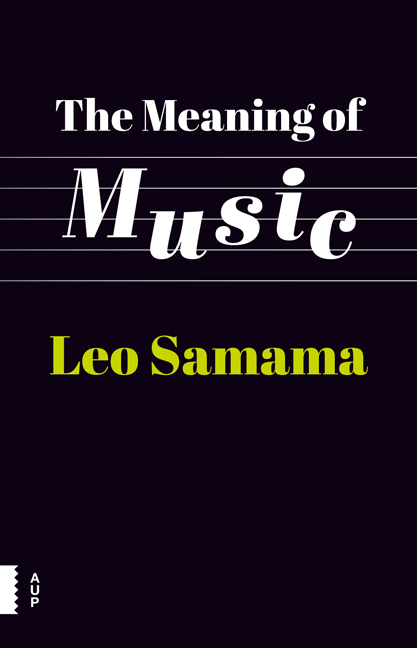4 - Where Does Music Come From?
Published online by Cambridge University Press: 24 December 2020
Summary
In order to understand music better, we have to deal with its origins. How have we arrived at something as ethereal as music? What purpose does it serve, and what purpose did it serve in ages past? Where does it come from – not only in an anthropological sense, but also as part of our daily lives? Did it appear, for no reason, out of nothing?
Philosophers, anthropologists, archaeologists, linguists, sociologists and musicologists have formulated numerous theories on this question over the last 250 years. Did music exist before language, or did music emerge out of language? In fact, to this day we still don't know. It is clear that language and music are closely linked and that from the earliest times they had a common purpose: communication. Not only communication between people, but also with the spiritual world. According to some researchers, however, in the earliest times, music would only have been used for relaxation, such as music for dance, more than likely pepped up with plenty of food and drink; in short, no more than a little icing on the cake of life.
In The Singing Neanderthals (2006), Steven Mithen explains that Homo sapiens must have been capable of making a distinction between the communication of emotions and the communication of information. Language was best suited for the latter, and music for the former. Mithen therefore assumes that music serves to disseminate emotions. The question is whether this was true from the very beginning. It is nevertheless striking that he concludes that humans are naturally musical, as has also been demonstrated in numerous research publications by Professor Henkjan Honing from the University of Amsterdam. Humanity is connected to music to a degree not seen in any other resident of our planet. Unlike animals, humans have an inbuilt and therefore natural feel for rhythm. In that sense, we can respond physically to music through dance. Humans can therefore put music to various uses, intentionally or not, whereby it not only supplies a means to reflect our emotions but it can also support and give extra meaning to language and verbal communication.
- Type
- Chapter
- Information
- Meaning of Music , pp. 32 - 36Publisher: Amsterdam University PressPrint publication year: 2016



